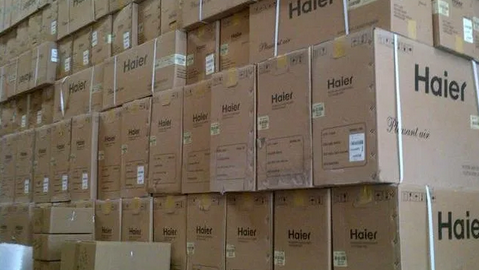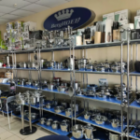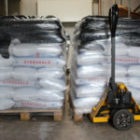Investing in stock lots is an excellent way to acquire high-quality merchandise at a fraction of the regular retail price. Stock lots refer to a large quantity of goods, typically overstocked, discontinued or unsold products, that are sold as a single lot. In this blog post, we’ll explore 5 reasons why stock lots are a great investment opportunity.
-
Reduced Costs
One of the most significant benefits of investing in stock lots is that they are often sold at a significantly lower cost compared to regular retail prices. This is because stock lots are usually surplus or overstocked merchandise that suppliers are looking to clear out quickly. As a result, investors can purchase high-quality products at a lower cost, which increases their profit margins when selling these goods.
-
Diverse Product
Selection Another advantage of investing in stock lots is the wide range of products available. These lots can contain anything from electronics and clothing to home goods and appliances. As an investor, this means you can diversify your product selection, which increases your chances of finding products that are in high demand in your target market.
-
Faster Turnover
Since stock lots are sold at lower prices, they tend to move quickly. This means that as an investor, you can sell your products faster and, in turn, generate revenue faster. Additionally, purchasing stock lots can help you replenish your inventory more quickly, keeping your business competitive and meeting customer demand.
-
High-Quality Products
Most stock lots comprise of high-quality products that are in excellent condition. These goods are often overstocked or discontinued items that didn’t sell in retail stores. As a result, investors can acquire high-quality products at lower prices, which can increase their profit margins.
-
Minimal Risk
Investing in stock lots carries minimal risk, as investors can purchase smaller quantities to test the market before committing to larger purchases. Additionally, many stock lot suppliers offer return policies, allowing investors to return products that don’t sell or meet their quality standards.
Conclusion
Investing in stock lots is a great opportunity for businesses and individuals looking to acquire high-quality products at a lower cost. With a diverse selection of products available, a faster turnover rate, and minimal risk, stock lots can be a great investment opportunity. So, whether you’re a small business looking to expand your product offerings or an individual looking to start your own online business, investing in stock lots can help you achieve your goals.











